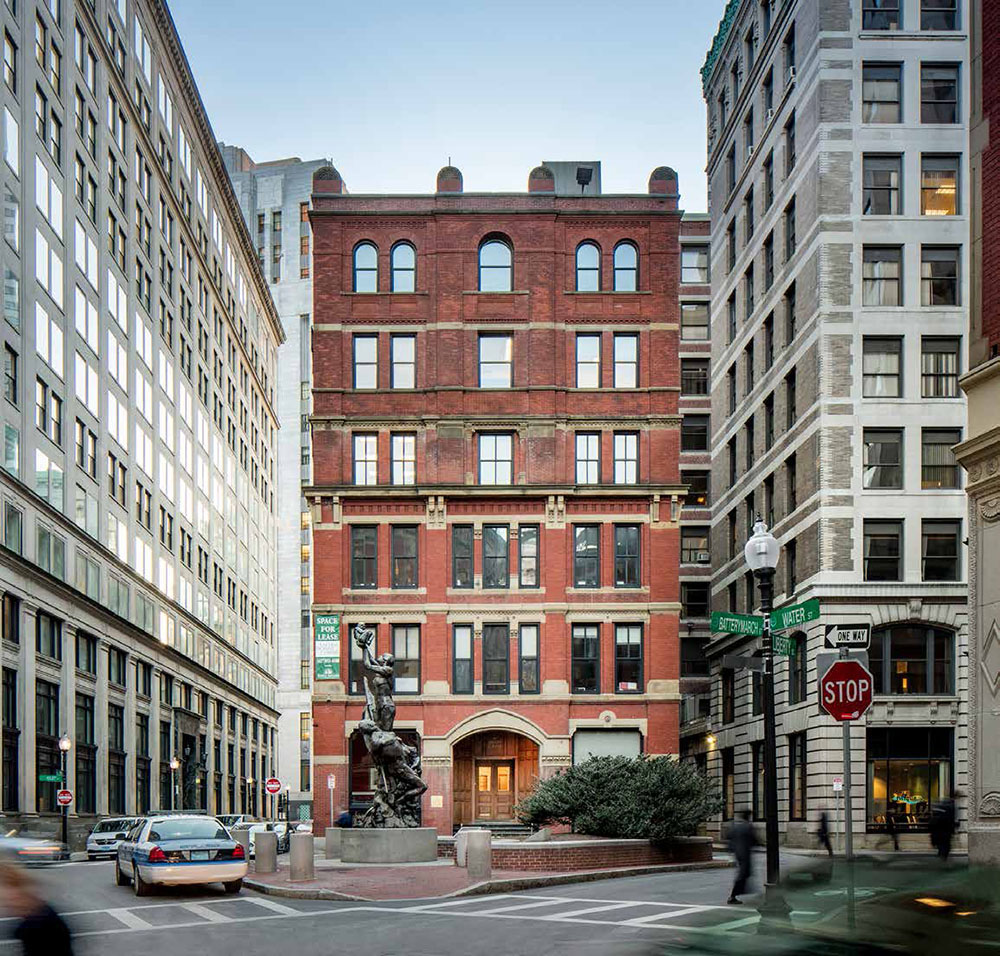News: Front Section
Posted: March 22, 2012
Facebook changes: What the timeline has done for brand pages
It was announced that as of March 30th Facebook will change the layout of the brand page and convert it to the timeline format that has been offered to personal pages for some time now. This format is a reverse chronological timeline from present day to your brands joining of Facebook. What this means to brand pages, is that the default landing page is no longer available. Instead , there is a cover photo. The cover photo is the first thing users now see when they visit your brand page. They are also visible to the public; making this your first chance to engage the viewer. Facebook requires cover photos to have no visual aids, such as price or purchase info, contact info, calls to action, or references to Facebook features for example "Likes" or Share (no arrows pointing).
The next change in appearance is the new tabs location. It will now be located next to your photo's tab which is locked in place. The remaining places can be filled with customized tabs and calls to action. There is a total of eight tabs and five of them are customizable.
The news-feed is now in story format in a reverse chronological timeline. The brand pages' engagement story begins promoting specific posts to the top of the timeline by highlighting them, posting content across both columns. Each update or post provides you with this option if you scroll over the top right of the post. The remaining content on your timeline are all of your previous status updates. You can allow your joining of Facebook to be your "beginning," or you can fill in the information to allow users to see all the way back to the founding of your company. Updates can be added to the timeline to a specific place in time, called milestones. These timeline milestones give the complete history of your brand in an interactive format. These new changes provide users the chance to engage with your company's present day activities as well as your company's history, and that is where the value lies.
Eric Wilson is special projects director at The New England Real Estate Journal, Norwell, Mass.
Tags:
Front Section
MORE FROM Front Section
Newmark negotiates sale of 10 Liberty Sq. and 12 Post Office Sq.
Boston, MA Newmark has completed the sale of 10 Liberty Sq. and 12 Post Office Sq. Newmark co-head of U.S. Capital Markets Robert Griffin and Boston Capital Markets executive vice chairman Edward Maher, vice chairman Matthew Pullen, executive managing director James Tribble,
Columns and Thought Leadership

Make PR pop by highlighting unique angles - by Stanley Hurwitz
Coming out of the pandemic, a client with three hotels in Provincetown, Mass., needed ways to let the world know his properties were open for business for the 2021 tourist season.

Four tips for a smooth 1031 Exchange - by Bill Lopriore
Many real estate investors do not understand the specific requirements that must be met to secure the benefits of a tax-deferred 1031 exchange. For example, the replacement property must be identified within 45 days of the closing date of the relinquished property.

How COVID-19 has impacted office leasing - by Noble Allen and John Sokul
To say that the effects of COVID-19 has transformed office leasing is an understatement. When COVID-19 was at its peak, office spaces were practically abandoned either through governmental mandates or through actions taken by businesses themselves.

Five ways to ruin a Section 1031 Like-Kind Exchange - by Bill Lopriore
While there is some flexibility when structuring a like-kind exchange, some important requirements must be met. A mistake can ruin your exchange. Here are five mistakes to avoid:







.png)
